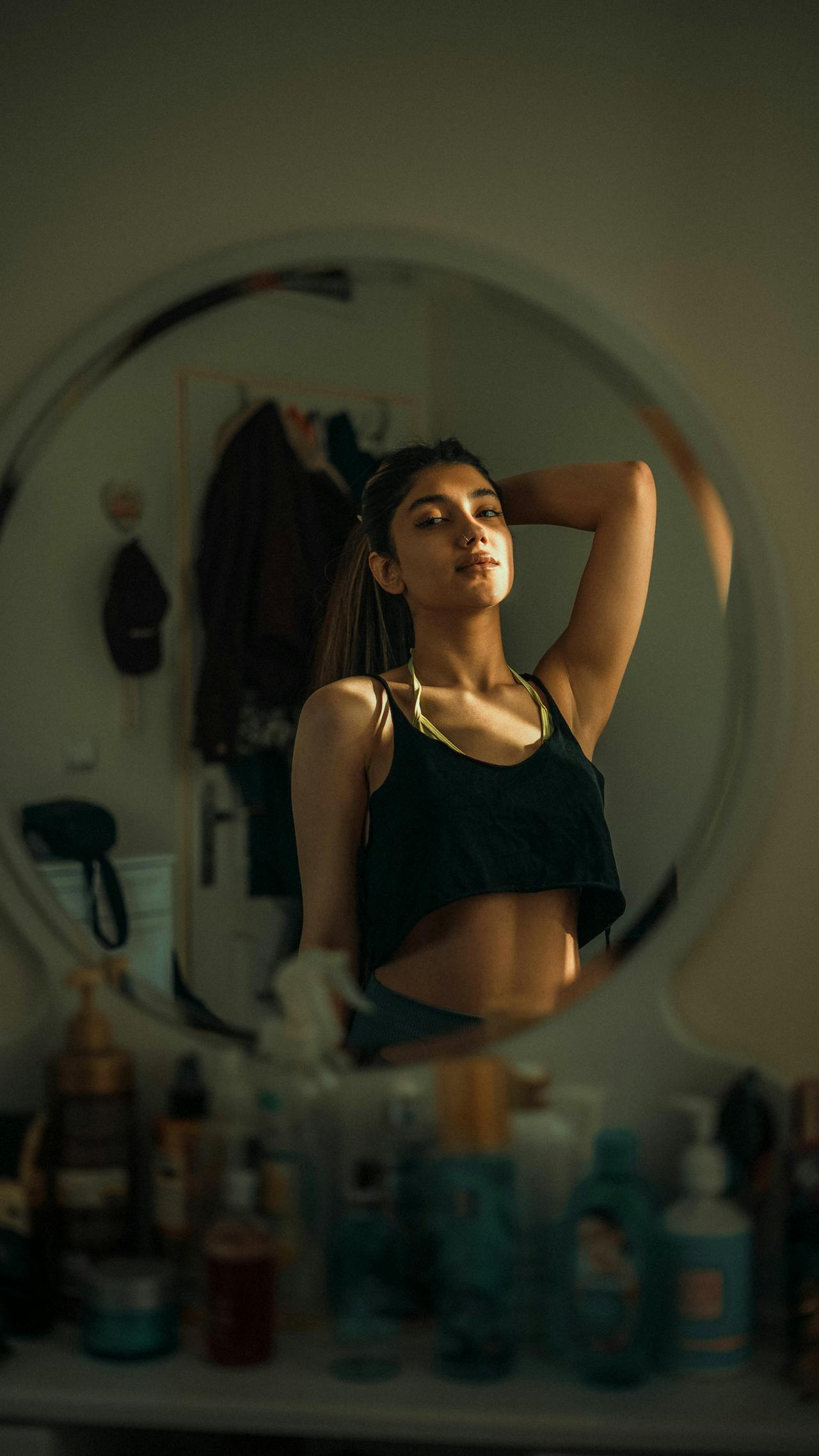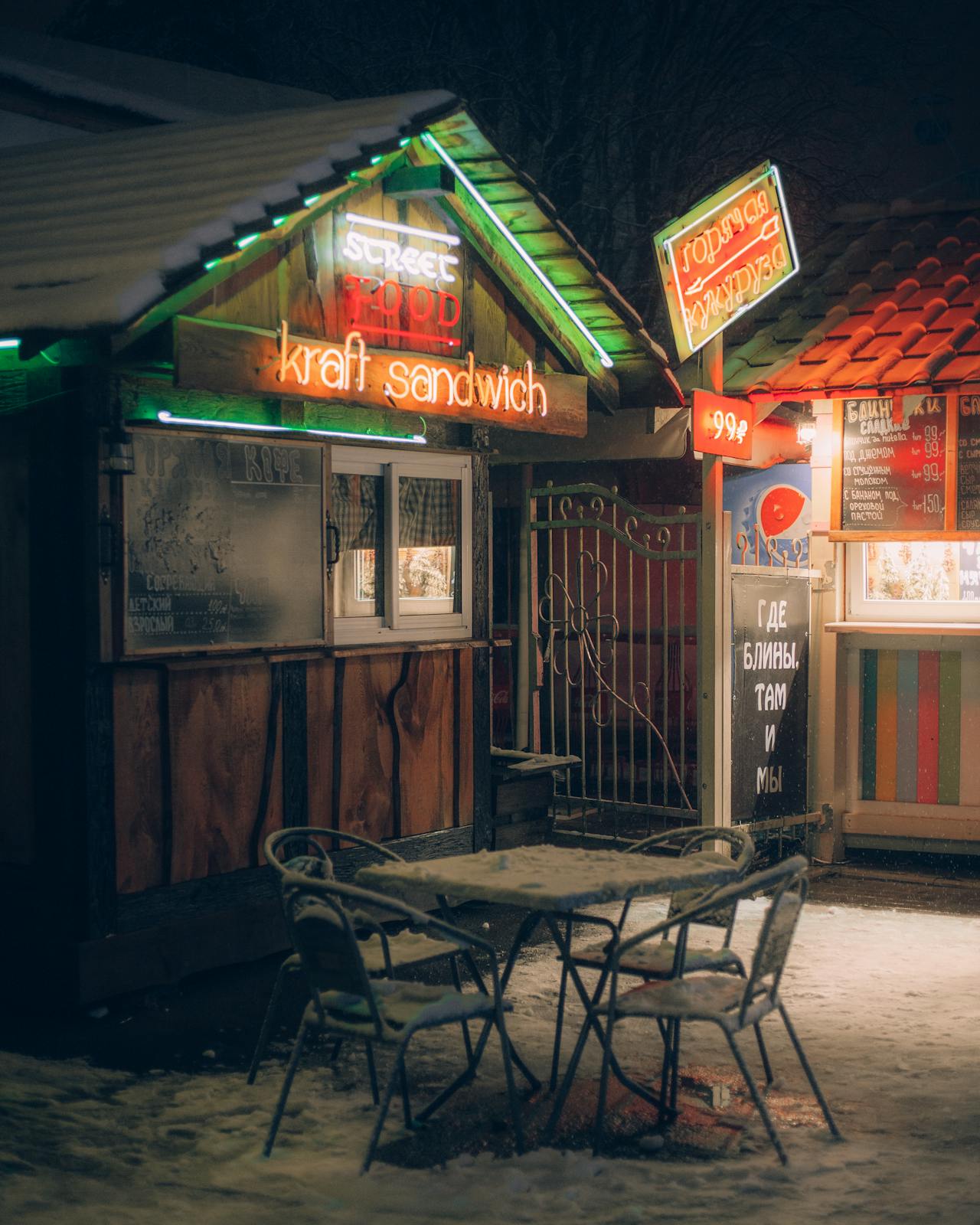In today’s digital-first real estate market, selling a home isn’t limited to in-person showings and open houses. Thanks to technology — and buyers’ changing habits — virtual open houses have become one of the most powerful tools for attracting interest, building excitement, and selling faster.
Whether buyers are relocating from out of state, searching on a tight schedule, or simply prefer the convenience of browsing from home, a virtual open house can dramatically expand your reach. And the best part? You don’t need expensive equipment or a film crew to pull it off — just a plan, a smartphone, and a little preparation.
This guide will show you step-by-step how to host a successful virtual open house — even if it’s your first time — and how to use it to connect with buyers and close the deal.
📱 Why Virtual Open Houses Are So Effective
Virtual open houses aren’t just a temporary solution — they’re now a staple of modern home marketing. Here’s why:
- Wider audience: Reach buyers from across the country (or the world) who might not attend in person.
- Higher engagement: Online events are easier to attend, increasing your chances of attracting more potential buyers.
- More qualified leads: Viewers who attend a virtual open house are often serious buyers doing active research.
- Time-saving: You can host one virtual event and repurpose the recording for ongoing marketing.
💡 Pro Tip: Many buyers today will attend a virtual open house before scheduling a showing — so making a strong impression online can directly lead to offers offline.
🏡 Step 1: Choose the Right Platform
Your first decision is where to host your virtual open house. The best platform depends on your audience, comfort level, and how you plan to promote the event.
✅ Top options:
- Facebook Live: Easy to use, free, and great for reaching a large audience quickly.
- Instagram Live: Perfect for visually showcasing features and connecting with buyers in real time.
- YouTube Live: Ideal for longer, more polished presentations and searchable replays.
- Zoom or Google Meet: Best for private, appointment-based virtual tours with smaller groups.
💡 Pro Tip: If possible, stream on multiple platforms at once or record the session so you can share it later with buyers who couldn’t attend live.
📅 Step 2: Plan and Promote Your Virtual Event
Just like an in-person open house, success depends on how well you plan — and how many people you can get to attend.
✅ Planning tips:
- Set a date and time: Weekends (late morning or early afternoon) tend to work best.
- Create an event page: Include property details, high-quality photos, and clear instructions on how to join.
- Promote early: Announce your virtual open house at least 7–10 days in advance.
- Leverage social media: Post teasers, share “behind-the-scenes” prep videos, and invite your network to RSVP.
- Use email: Send event reminders to anyone who has inquired about the property or attended previous showings.
💡 Pro Tip: Offer a small incentive to attend — like exclusive early access to the property or a downloadable buyer’s guide — to boost attendance.
🧹 Step 3: Stage Your Home for the Camera
A virtual open house is like a movie — and your home is the star. Proper staging ensures it looks its best on screen.
✅ Preparation checklist:
- Declutter: Clear surfaces, remove personal items, and minimize distractions.
- Deep clean: Dust, vacuum, and make sure windows, mirrors, and floors shine.
- Optimize lighting: Open curtains, turn on lights, and use soft, warm bulbs for a welcoming atmosphere.
- Highlight key features: Arrange furniture and décor to draw attention to selling points like fireplaces, built-ins, or large windows.
- Add finishing touches: Fresh flowers, cozy throws, or a bowl of fruit can make rooms feel inviting.
💡 Pro Tip: Test your lighting and camera angles ahead of time. What looks great in person might need adjustment to look great on screen.
🎥 Step 4: Plan Your Tour Route and Script
The best virtual open houses feel smooth, organized, and natural — not rushed or chaotic. Having a plan in place helps you stay on track and cover all the highlights.
✅ Tips for planning your walkthrough:
- Start with a warm welcome and brief introduction.
- Begin your tour outside to showcase curb appeal and the neighborhood.
- Move through the home logically — usually front door → living areas → kitchen → bedrooms → backyard.
- Point out upgrades, features, and details buyers might not notice on their own.
- End with a recap of key selling points and an invitation to schedule a private showing.
💡 Pro Tip: Prepare talking points for each room. Focus on lifestyle benefits (e.g., “This open-concept layout is perfect for entertaining”) rather than just listing features.
📡 Step 5: Engage With Your Audience in Real Time
The biggest advantage of a live virtual open house is the ability to interact directly with buyers — so make the most of it.
✅ Engagement strategies:
- Greet viewers as they join and encourage them to ask questions.
- Pause periodically to answer questions on the spot.
- Use polls or quick prompts (“Which feature is your favorite so far?”) to boost interaction.
- Mention your contact information or next steps throughout the tour.
💡 Pro Tip: If you’re camera-shy, consider having a friend or partner help moderate comments so you can focus on presenting.
📱 Step 6: Capture and Repurpose Your Virtual Tour
Your virtual open house doesn’t have to be a one-time event. Record the session (or parts of it) and use it to continue marketing your home.
✅ Ideas for repurposing your video:
- Post it on social media as a “Virtual Tour Replay.”
- Add it to your online property listing.
- Send it to buyers who showed interest but couldn’t attend.
- Break it into short clips highlighting specific features (kitchen, backyard, master suite) for Instagram or TikTok.
💡 Pro Tip: Short-form video content (under 90 seconds) often gets the most engagement on social platforms. Create multiple clips from one tour to maximize visibility.
🧭 Step 7: Follow Up With Attendees
After the event, follow-up is crucial. A quick, personalized message can turn casual viewers into serious buyers.
✅ Post-event follow-up ideas:
- Send a thank-you message with a link to the replay or additional photos.
- Offer to schedule a one-on-one private virtual or in-person showing.
- Provide a digital brochure or property details sheet.
- Ask for feedback to learn what buyers loved — or what might need improvement.
💡 Pro Tip: Respond quickly. Many buyers make decisions within days of a virtual tour, so staying top-of-mind can give you a competitive edge.
⚠️ Common Mistakes to Avoid
Even small errors can make a virtual open house less effective. Here are a few pitfalls to steer clear of:
- ❌ Going live without a plan: Unstructured tours feel rushed and unprofessional.
- ❌ Poor video quality: Shaky camera work or bad lighting can turn buyers off.
- ❌ Ignoring questions: Engagement is key — don’t leave viewers hanging.
- ❌ Talking too much about features, not lifestyle: Focus on how the home feels to live in.
- ❌ Skipping follow-up: The real selling often happens after the event.
🏁 Final Thoughts: Your Virtual Open House Is a Digital First Impression
A successful virtual open house does more than show buyers a property — it helps them experience it. When done right, it builds emotional connection, answers key questions, and motivates them to take the next step.
And in a world where convenience, speed, and online discovery are key, virtual open houses can give your listing the edge it needs to stand out — especially if you’re selling your home on your own.
✅ Final Tip: Treat your virtual open house like a live event — plan it, promote it, and present it with care. The effort you put in upfront can translate into more showings, more offers, and a faster sale.



